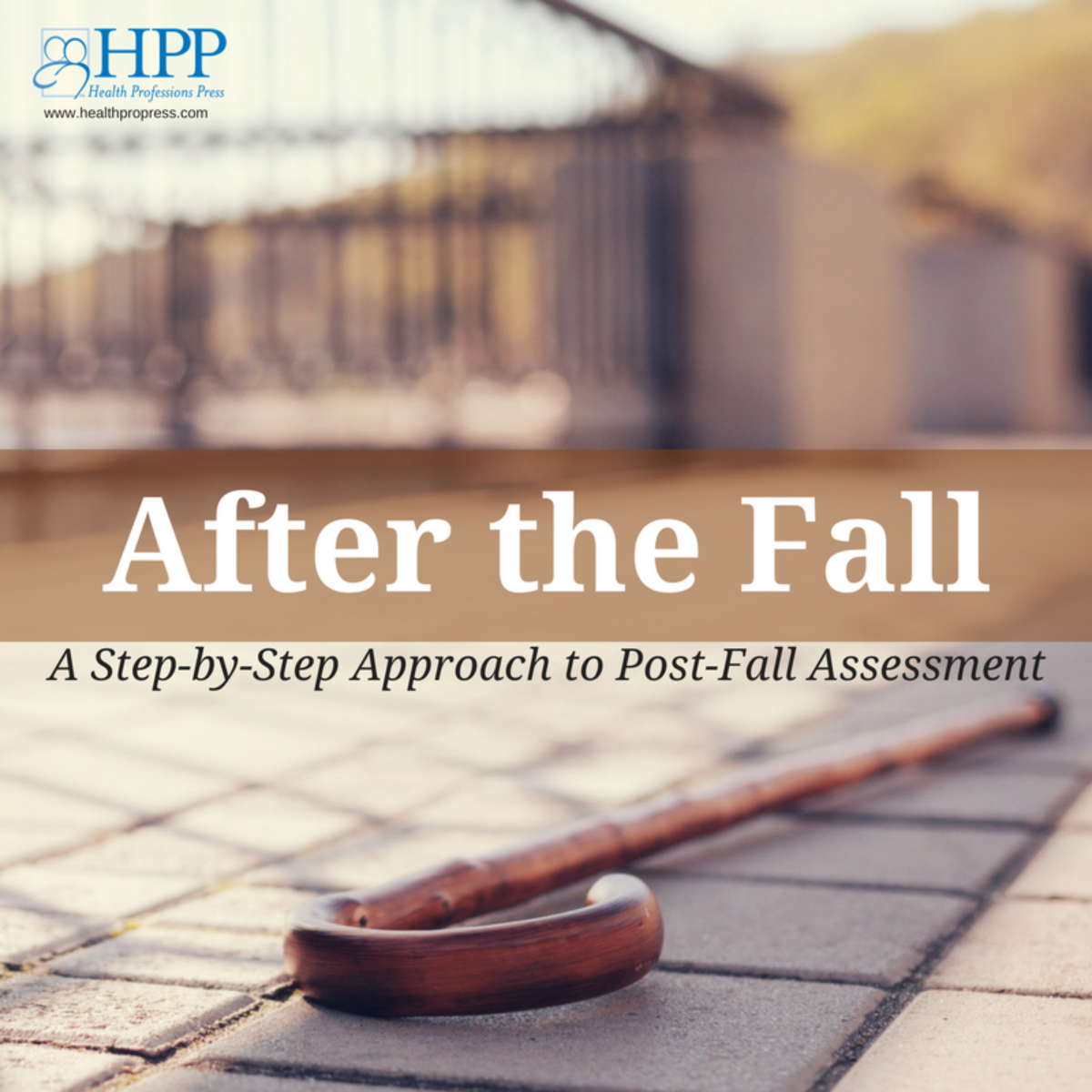
After the Fall: A Step-by-Step Approach to Post-Fall Assessment
Despite the best efforts of staff, sometimes a resident will fall. Immediately after a fall, you should complete a post-fall assessment. The goal of a post-fall assessment is to identify those internal and external factors that caused the fall and to discover the presence of any new or additional risk factors. Collecting this information can help determine the circumstances of and reasons for the fall and assist in designing appropriate interventions to prevent further falls.
Take this step-by-step approach to post-fall assessment:
STEP 1: Report the fall
To ensure that falls are evaluated, they first need to be reported by staff. If a fall is not reported, the cause of the fall and needs of the client will not be detected, and interventions to prevent further falls will not take place.
STEP 2: Assess for serious injury and current conditions
It is important not to move a resident who has fallen until he or she has been evaluated. Make sure that the resident has not been seriously injured and does not have a life-threatening medical condition that may have precipitated the event. Though this assessment may frustrate the resident, it is necessary to rule out serious problems and prevent unnecessary complications.
STEP 3: Obtain the fall history
Determining the circumstances surrounding the fall can help determine the cause(s) of the fall and/or the pattern of falling. What was the resident trying to do or accomplish at the time of the fall? Does the resident know what caused the fall? Was he or she feeling dizzy or weak? Did he or she trip or slip? Did the resident’s legs give out? Was he or she feeling unsteady? Where did the fall occur? Is this the resident’s first fall or has he or she experienced previous falls? Etc.
STEP 4: Assess the environment
Check for and modify any environmental factors or hazards that may have contributed to the fall. This assessment should focus on both the location of the fall and the activity the resident was undertaking at the time. Prompt correction of any unsafe conditions found in the environment at the time of the fall can be instrumental in preventing further falls for residents.
STEP 5: Assess risk for future falls
When assessing a resident’s fall risk status, it is important to consider any changes in medication regimes, physical or mental status, coordination and balance, and mobility. Identify new and emerging risk factors for the resident.
STEP 6: Analyze the fall and create a post-fall action plan
Decide which interventions need to be put in place immediately to reduce the probability of another fall. Tip: Until the causes of a fall and appropriate interventions can be determined by the interdisciplinary team, implementing short-term preventive interventions is of great benefit in reducing the risk of secondary falls. Many recurrent falls follow a pattern and are caused by identical circumstances.
STEP 7: Complete an incident report
To ensure that all details of the fall and subsequent assessments are captured, the incident report should include the circumstances of the fall or fall history; the results of the environmental, fall risk, and mobility assessments; and a post-fall action plan. Staff compliance tip: Incident reports should be simple to complete and user-friendly. For examples, using check boxes rather than open-ended questions to describe a fall helps staff complete reports more accurately.3
STEP 8: Communicate risk
It is crucial that everyone involved in the resident’s care (nurses, nursing assistants, occupational and physical therapists, physicians, other relevant staff members, family members) is aware that the resident has fallen and is at risk of falling again. In addition, it is important to communicate any changes in the resident’s fall risk status and what strategies have been put in place to reduce falls.
STEP 9: Review the resident’s care plan
Soon after the fall, the resident’s interdisciplinary team members should meet and review the individual’s care plan and implement appropriate fall and injury prevention strategies, as needed. Because falls are often a result of multiple factors, it is crucial that the entire interdisciplinary team (e.g., physicians, nurses, therapists) be involved in the process. In addition, depending on whether external factors contributed to the fall, housekeeping and maintenance staff may need to be involved as well.
STEP 10: Monitor residents post-fall
Finally, the resident should be observed and monitored for several days after a fall. The person doing the monitoring should be on the lookout for the following signs and symptoms: change in condition; change in gait, balance, and/or transfer abilities that may indicate a new health or environmental problem; change in behavior; and distress or post-fall injuries.
This post was adapted from The Essential Falls Management Series: After the Fall by Rein Tideiksaar, Ph.D., Copyright © 2007 by Health Professions Press, Inc. All rights reserved.
Read the book!
Resources for Falls Management & Prevention!
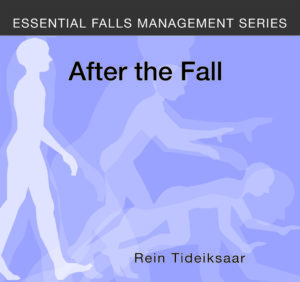 Essential Falls Management Series: After the Fall
Essential Falls Management Series: After the Fall
By Rein Tideiksaar, Ph.D.
Copyright © 2007 by Health Professions Press, Inc.
Implement a post-fall assessment program and decrease the risk for subsequent falls at your long-term or acute care facility. Use this training CD-ROM to help staff identify factors responsible for falls in older adults and adapt fall prevention strategies to meet individual needs.
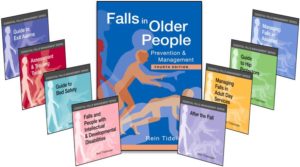 The Essential Falls Management Series
The Essential Falls Management Series
By Rein Tideiksaar, Ph.D.
Copyright © 2010 by Health Professions Press, Inc.
This easy-to-read manual and comprehensive set of 8 CD-ROMs cover a broad range of issues related to the prevention and management of falls in older adults.
Each CD-ROM includes PowerPoint presentations for targeted staff training and relevant assessment forms, checklists, and guidelines in printable PDF format.

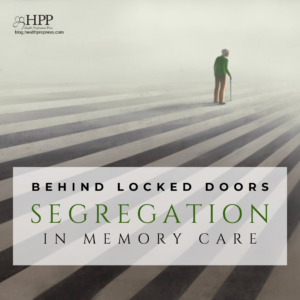
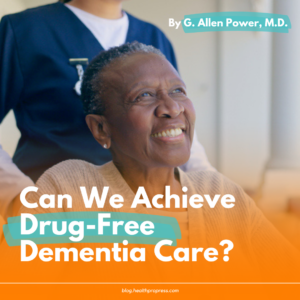
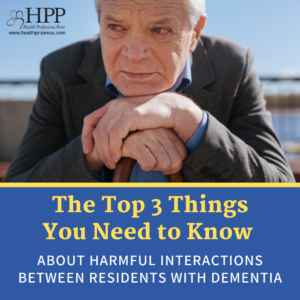

comments
latestmodapks says
Thank you for this detailed guide on post-fall assessment! As a healthcare provider, I've seen firsthand the importance of proper assessment and care after a fall. Your step-by-step approach is clear and concise, and I appreciate the emphasis on identifying potential causes and preventing future falls. I'm looking forward to implementing these strategies in my practice.
Add comment
replies
camerashuttercounter says
Thank you for sharing this valuable information. The step-by-step approach you provided is very clear and easy to follow. I especially appreciated the emphasis on the importance of a thorough post-fall assessment. As a caregiver, I know firsthand how crucial it is to identify any potential risks or issues that may have contributed to the fall. I will definitely be referring back to this blog post for guidance in the future.
Add comment
replies
Neet And Angel says
Really appreciate the detailed approach to post-fall assessment. I've seen some falls in my own practice, and this breakdown of the process will really help me provide better care for my patients.
Add comment
replies
Add comment